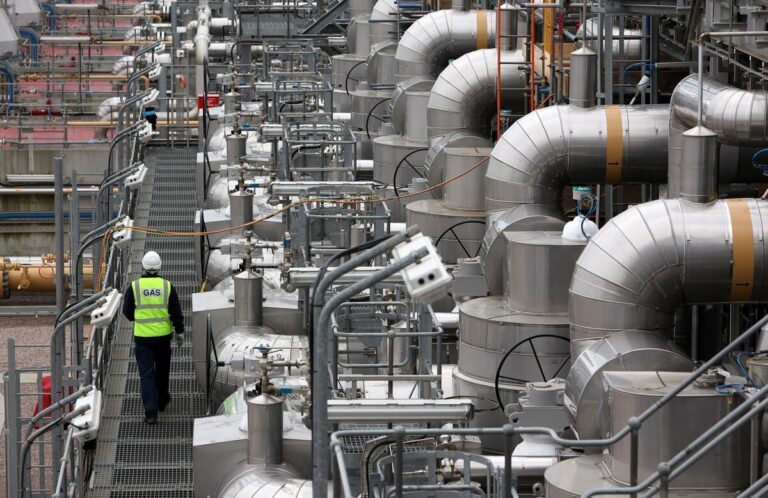IEA Reports Natural Gas Playing Key Role in Reducing Carbon Emissions
The International Energy Agency (IEA) reported yesterday that global energy-related carbon dioxide emissions stopped growing in 2019 – despite widespread expectations of another increase. The IEA noted several factors contributed to this significant development, including the increased use of natural gas for power generation in advanced economies like the US. The IEA noted:
After two years of growth, global emissions were unchanged at 33 gigatonnes in 2019 even as the world economy expanded by 2.9%. This was primarily due to declining emissions from electricity generation in advanced economies, thanks to the expanding role of renewable sources (mainly wind and solar), fuel switching from coal to natural gas, and higher nuclear power generation.
A significant decrease in emissions in advanced economies in 2019 offset continued growth elsewhere. The United States recorded the largest emissions decline on a country basis, with a fall of 140 million tonnes, or 2.9%. US emissions are now down by almost 1 gigatonne from their peak in 2000. Emissions in the European Union fell by 160 million tonnes, or 5%, in 2019 driven by reductions in the power sector. Natural gas produced more electricity than coal for the first time ever…
Across advanced economies, emissions from the power sector declined to levels last seen in the late 1980s, when electricity demand was one-third lower than today. Coal-fired power generation in advanced economies declined by nearly 15% as a result of growth in renewables, coal-to-gas switching, a rise in nuclear power and weaker electricity demand.
The IEA’s data comes as the United States continue to produce record amounts of natural gas from the Marcellus, Utica, and Permian formations. Using domestic-sourced natural gas to produce electricity and heat American homes and businesses is key to further bolstering the economy and ensuring both grid reliability and energy security.

